“Stackable Pallet” refers to a type of pallet specifically designed to be stacked on top of one another when not in use or during storage, transportation, or staging. These pallets are engineered with features that allow them to securely interlock and stack vertically, optimizing space utilization and facilitating efficient material handling.
Specifications:
- Design: Stackable pallets are typically designed with nesting or interlocking features on the top and bottom surfaces, allowing them to securely stack when empty or loaded with goods. This design ensures stability and prevents pallets from shifting or sliding during stacking or transportation.
- Material: Stackable pallets are commonly constructed from durable materials such as plastic, wood, or metal, chosen based on factors like load capacity, durability, and compatibility with handling equipment.
- Size and Dimensions: Stackable pallets come in various sizes and dimensions to accommodate different load sizes, weight capacities, and storage requirements. Standard sizes typically conform to industry standards for compatibility with handling equipment and storage systems.
- Load Capacity: Stackable pallets are engineered to support specific load capacities, which may vary depending on factors such as material composition, design, and construction. Load capacities are typically specified in terms of static, dynamic, and racking loads.
- Compatibility: Stackable pallets are designed to be compatible with a wide range of material handling equipment, including forklifts, pallet jacks, conveyors, and automated handling systems. This compatibility ensures seamless integration into existing warehouse operations and logistics processes.
- Stackability: The design of stackable pallets allows them to be stacked vertically to maximize storage space and efficiency. Some stackable pallets feature nesting designs that allow them to nest inside one another when empty, further optimizing space utilization during storage and transportation.




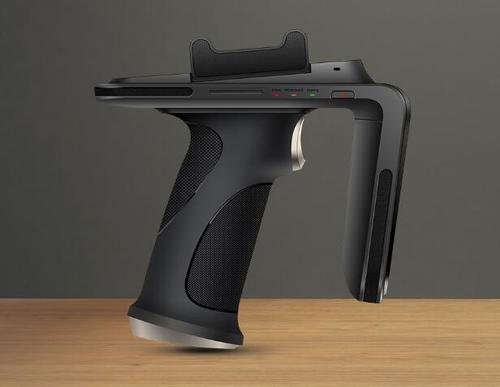
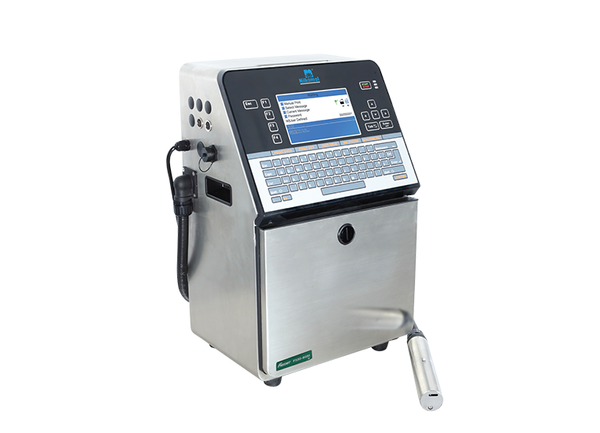




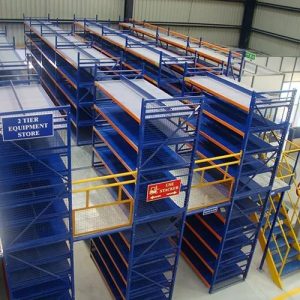
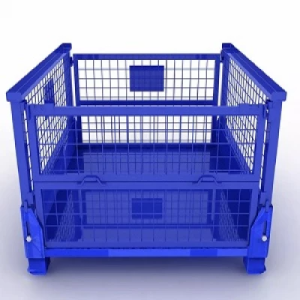
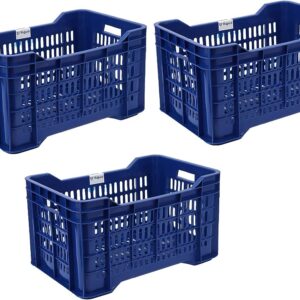
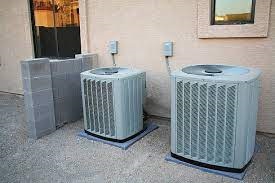




Reviews
There are no reviews yet.